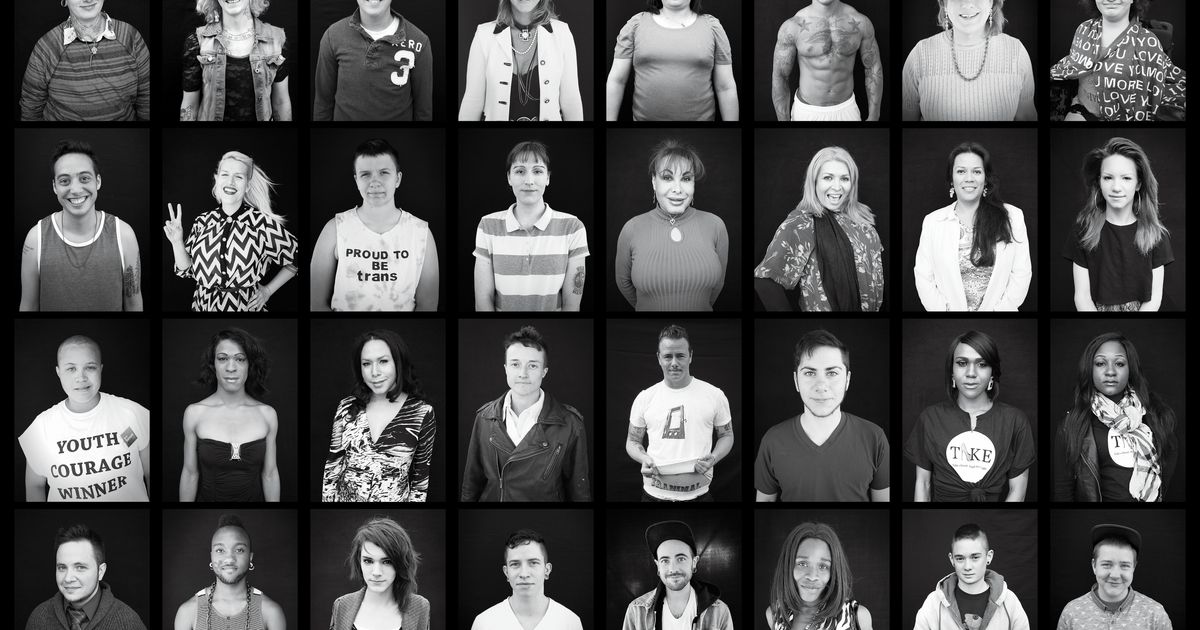… [Hanging] trans rights on the thin peg of gender identity, a concept clumsily adapted from psychiatry and strongly influenced by both gender studies and the born-this-way tactics of the campaign for marriage equality [was a mistake]. [It] has won us modest gains at the level of social acceptance. But we have largely failed to form a coherent moral account of why someone’s gender identity should justify the actual biological interventions that make up gender-affirming care. If gender really is an all-encompassing structure of social norms that produces the illusion of sex, critics ask, why would the affirmation of someone’s gender identity entail a change to their biology? As a result, advocates have fallen back on the clinical diagnosis of gender dysphoria, known until about a decade ago as gender identity disorder, defined as the distress felt at the incongruence of gender identity and biological sex. The idea that trans people fundamentally suffer from a mental illness has long been used by psychiatrists to decide who “qualifies” for transition-related care and who does not. By insisting on the medical validity of the diagnosis, progressives have reduced the question of justice to a question of who has the appropriate disease. In so doing, they have given the anti-trans movement a powerful tool for systematically pathologizing trans kids.
…
We will never be able to defend the rights of transgender kids until we understand them purely on their own terms: as full members of society who would like to change their sex. It does not matter where this desire comes from. When the TARL [(trans-agnostic reactionary liberal)] insinuates again and again that the sudden increase of trans-identified youth is “unexplained,” he is trying to bait us into thinking trans rights lie just on the other side of a good explanation. But any model of where trans people “come from” — any at all — is a model that by default calls into question the care of anyone who does not meet its etiological profile. This is as true of the old psychiatric hypothesis that transsexuality resulted from in utero exposure to maternal sex hormones as it is of the well-meaning but misguided search for the genes that “cause” gender incongruence. It is most certainly true of the current model of gender identity as “consistent, insistent, and persistent,” as LGBTQ+ advocates like to say. At best, these theories give us a brief respite from the hail of delegitimizing attacks; they will never save us. We must be prepared to defend the idea that, in principle, everyone should have access to sex-changing medical care, regardless of age, gender identity, social environment, or psychiatric history. This may strike you as a vertiginous task. The good news is that millions of people already believe it.



consent must be informed and everyone who undergoes it must be psychologically evaluated. thats a starting point
That in itself doesn’t say what your position in any particular treatment is. A lot of people want to say any medical intervention requires informed consent, as if whatever happens without medical intervention is always fine and doesn’t require consent. Clearly nobody believes that, though, or pediatric medicine as a whole would be illegal.
What really bothers me is when people demand a higher level of informed consent for gender-affirming care then they do for other medical interventions. That, to me, says their issue is but actually consent, but rather that they have an issue with trans people that they think justifies interfering with strangers’ medical care. I, on the other hand, take a hard line that medical decisions should never be made by politicians, and banning a particular kind of care is absolutely a medical decision that contracts medical best practices.
Did you read the article before commenting TARL?
tarl?
a term defined in the article.
A term defined in the article.
Trans Affirming Radical Leftist? 🤔
Trans agnostic reactionary liberal, a term used in the article.